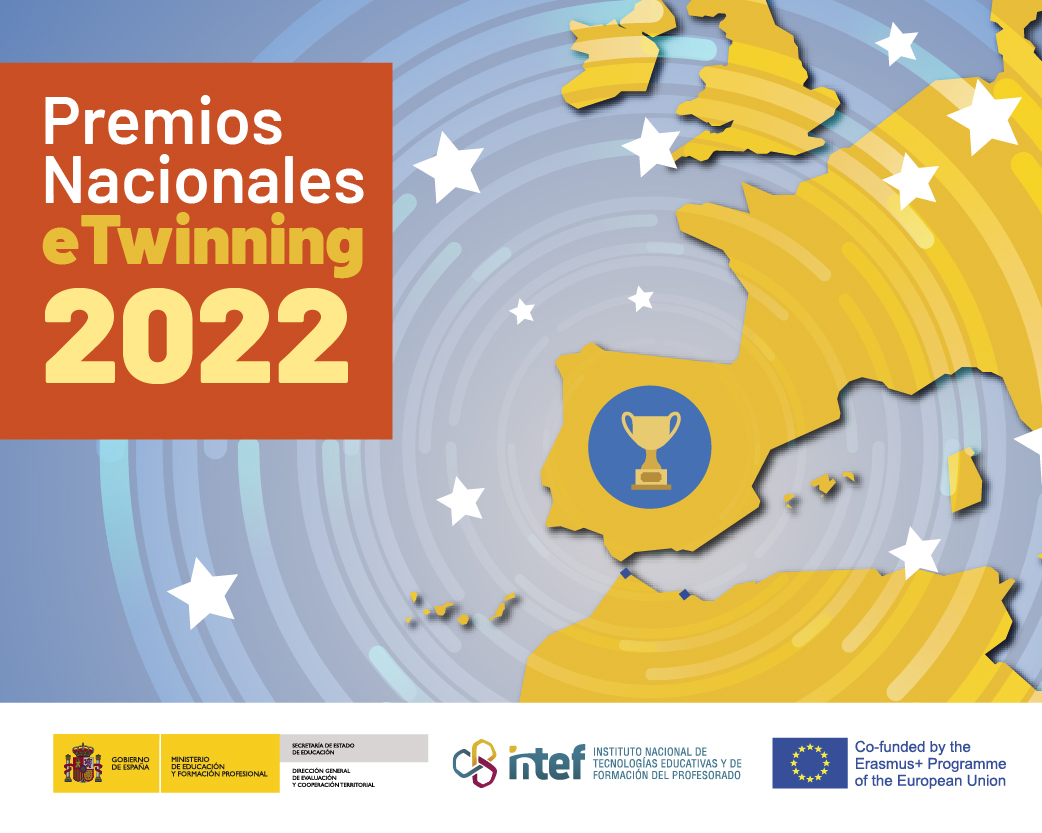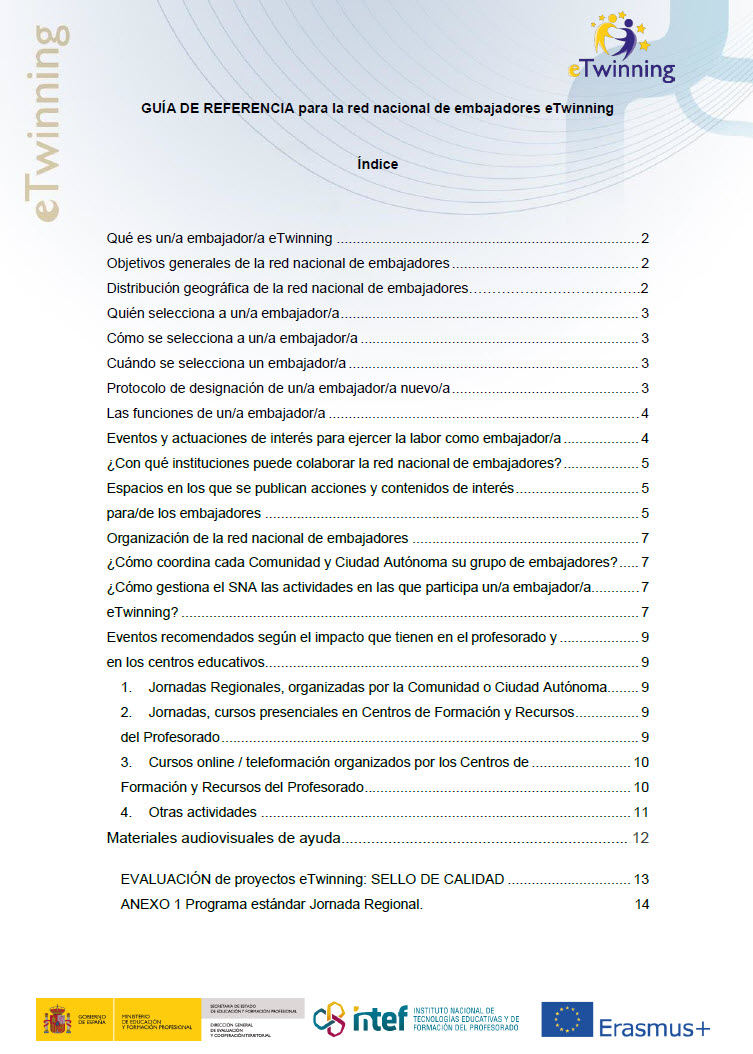Surely by now you’ve heard the term STEM used more than once, you might even be familiar with it. But, do you know how you can integrate this approach into eTwinning?
We live in a society where science, technology and mathematics play a fundamental role. This importance is valued by society, as stated in the reports on the Social Perception of Science and Technology in Spain that the FECYT has been preparing since 2002. Specifically, in the last six years there has been a 60% increase in the interest generated by subjects of a scientific and technological nature. Similarly, most people see science and technology positively. However, these reports also reflect the fact that almost half of respondents considered their scientific training to be low or very low. In addition, in recent years there has been a decrease in the number of pupils choosing science courses at university. On the other hand, the great (and not so great) challenges in the world are complex and involve linking and adopting different types of knowledge from various fields. Or put another way, they are interdisciplinary problems that consequently need an interdisciplinary approach and resolution.
TAll these circumstances, which science presents to us every day and which are appreciated by the public ‑ inadequate scientific training, decrease in the number of students who choose a science course and interdisciplinary problems ‑ highlight the need to focus on science education from a new perspective.

The STEM approach (Science, Technology, Engineering and Mathematics) has emerged in this context. It has arisen from the need to develop different subjects from an integrated approach; faced with the need to not only train future scientists, but to train inhabitants capable of facing the challenges of an increasingly complex society. Responding to this need is becoming one of the main priorities of education policies in many countries and numerous proposals and initiatives are therefore being carried out with the aim of working on the STEM competency in the classroom
CScience, Technology, Engineering, Mathematics … Isn’t something missing? Of course! Creativity! This approach couldn’t be developed without the inventiveness and imagination that are needed to design an experiment or project, or an application … So lately, when carrying out and developing these proposals and initiatives, we no longer stalk about STEM, but STEAM, where ‘A’ represents the inclusion of the artistic approach that is so necessary in any innovation process.

We’re talking about subjects with many points in common, where the integrative approach among them all seems obvious. However, these subjects are given separately in formal teaching. So how can you work on the STEAM competency in the classroom? The answer is clear, right? eTwinning!! There are many, varied options that eTwinning offers (working groups, project development kits …) and many teachers who are taking advantage of them. There are many alternatives from pre-school education to high school. Among them, we’d like to highlight the following
- Young scientists.Winning project in the Marie Skłodowska Curie Prize. Founding members: Fina Vendrell Vila (Catalonia) and Natasha Djurkova (Bulgaria).
- ¡Química hasta en la sopa! Award winning project in Spanish. Founding members: Ángela Lupo (Italy) and Carmen Hernández (France).
- AIMS Alternatives for Innovative Math Study. Award winning project in English. Founding members: Irina Vasilescu (Romania) and Nicolas Houpert (France). Project coordinator: Valentina Cuadrado Marcos.
- We run, we learn. Winning project in eTwinning Italy National prize. Founding members: Florenci Sales Vilalta (Spain) and Enrica Maragliano (Italy).
- Physical awareness. Founding members: Florenci Sales Vilalta (Spain) and Enrica Maragliano (Italy).
- eTwinning Kit. Physical awareness
- STEM Group, administered by Rafael Montero, teacher at Corazón de María School (Gijón, Spain).
- Science Experiments with Simple Materials, administered by Greek teacher ManolisKousloglou.
The STEM approach is making inroads in the educational world. It seems logical since, in everyday life, the knowledge, situations and problems that we face aren’t separated into subjects. eTwinning offers numerous options to work on this approach in the classroom, either through collaborative projects focused on promoting the role of pupils, motivating them, arousing their curiosity, making them ask questions … or in STEM subject groups offered. At the NSS we invite you to discover all these resources, to take the ideas you consider appropriate and to get started on eTwinning-STEM.

Image source:


